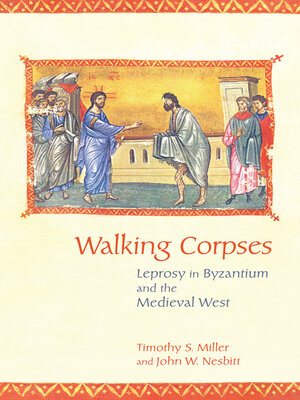
Sign up to save your library
With an OverDrive account, you can save your favorite libraries for at-a-glance information about availability. Find out more about OverDrive accounts.
Find this title in Libby, the library reading app by OverDrive.



Search for a digital library with this title
Title found at these libraries:
| Loading... |
In Walking Corpses, Timothy S. Miller and John W. Nesbitt contextualize reactions to leprosy in medieval Western Europe by tracing its history in Late Antique Byzantium, which had been confronting leprosy and its effects for centuries.
Integrating developments in both the Latin West and the Greek East, Walking Corpses challenges a number of misperceptions about attitudes toward the disease, including that theologians branded leprosy as punishment for sin (rather, it was seen as a mark of God's favor); that Christian teaching encouraged bans on the afflicted from society (in actuality, it was Germanic customary law); or that leprosariums were prisons (instead, they were centers of care, many of them self-governing). Informed by extensive archival research and recent bioarchaeology, Walking Corpses also includes new translations of three Greek texts regarding leprosy, while a new preface to the paperback edition updates the historiography on medieval perceptions and treatments of leprosy.






